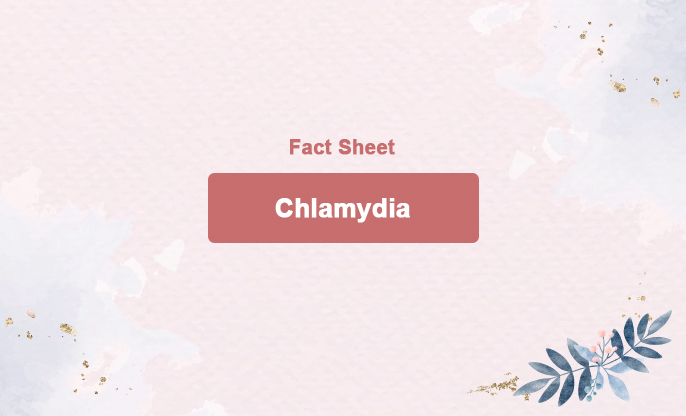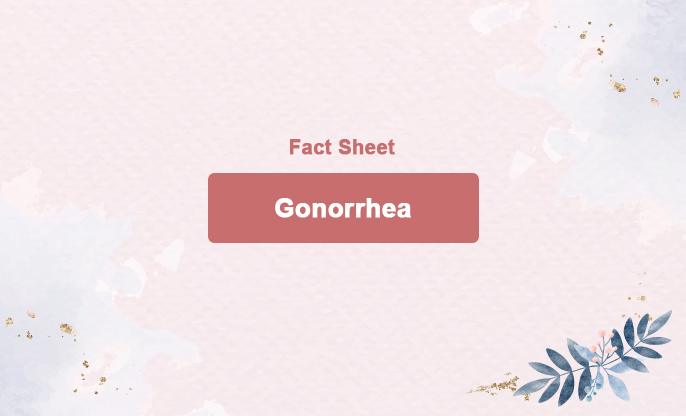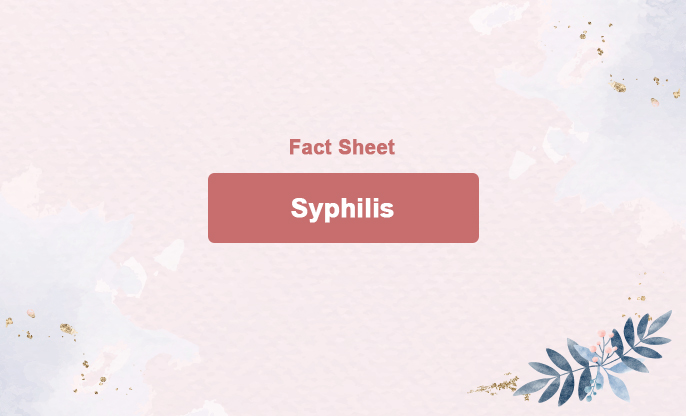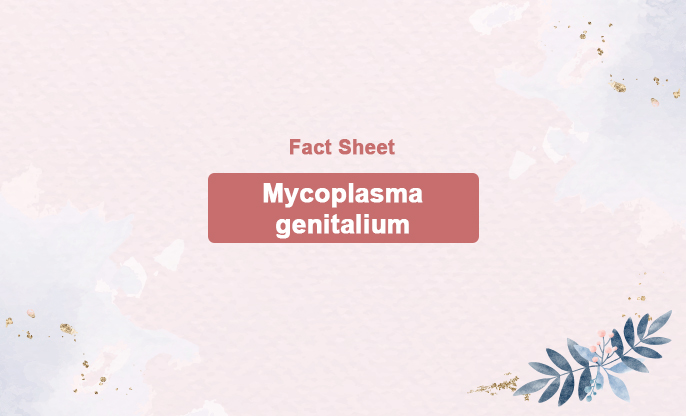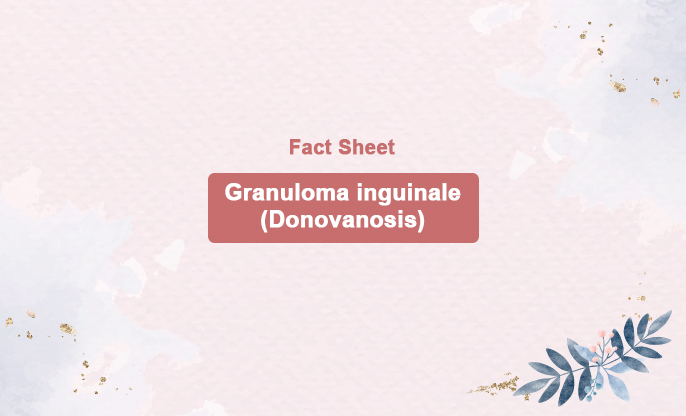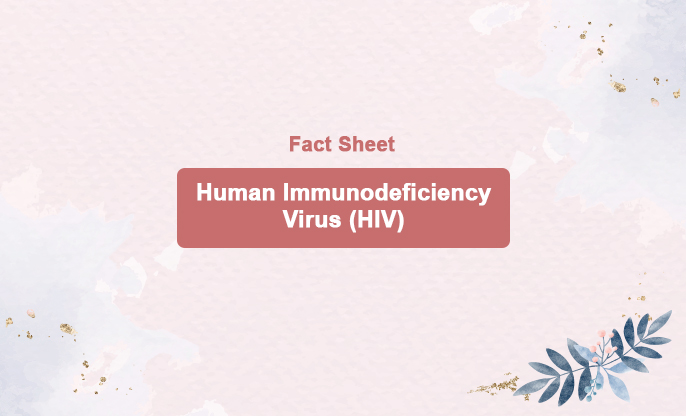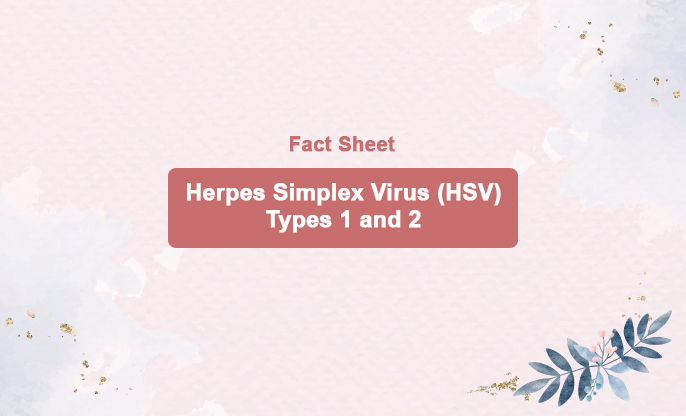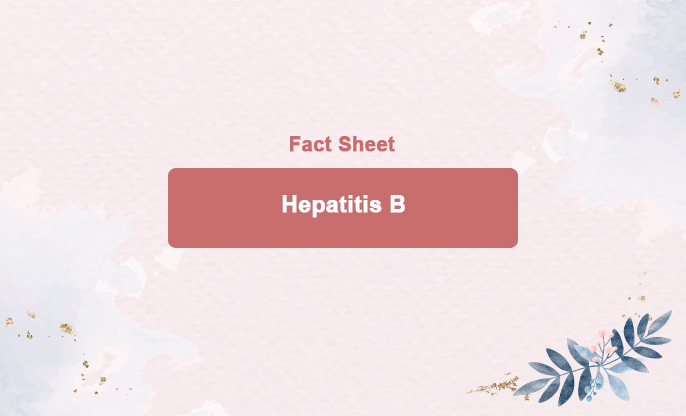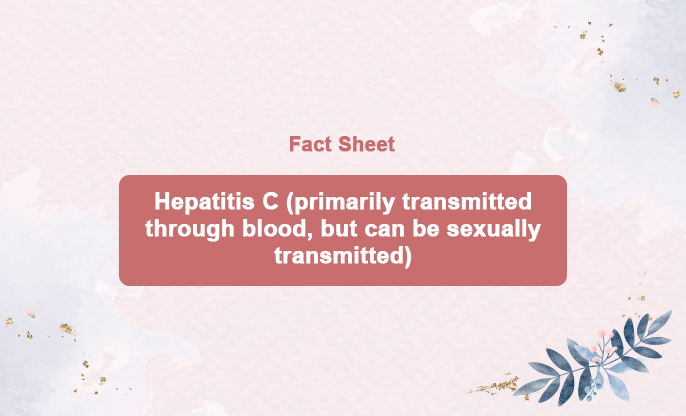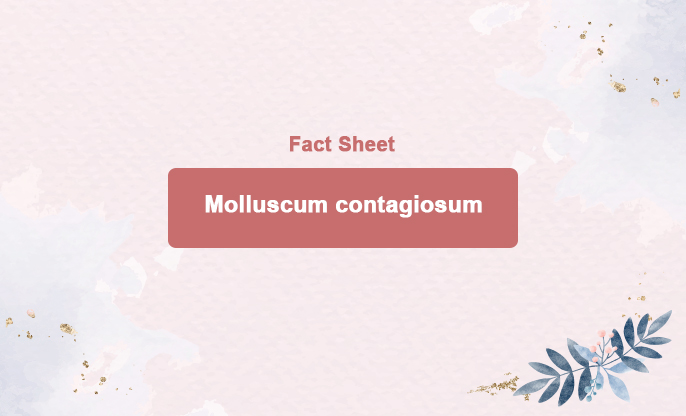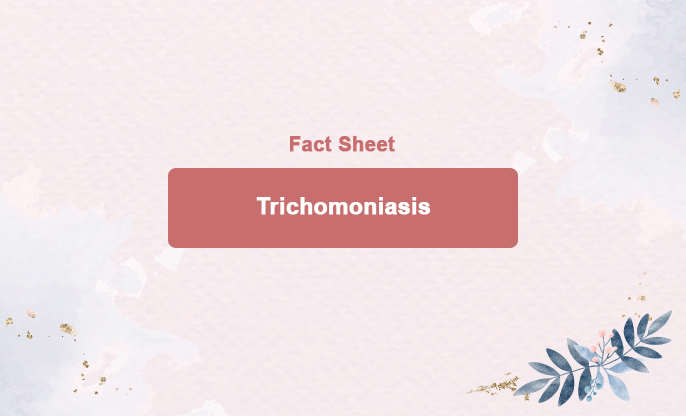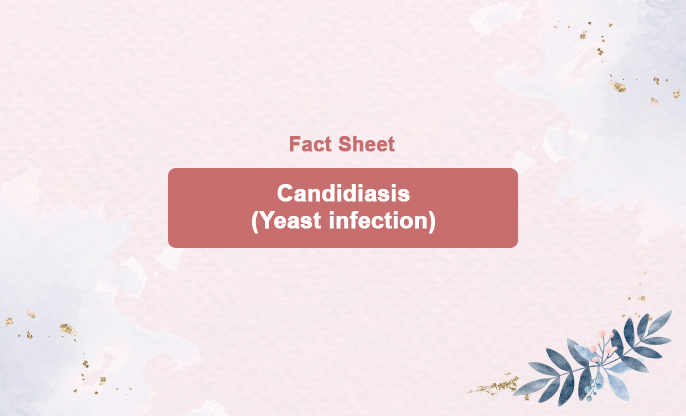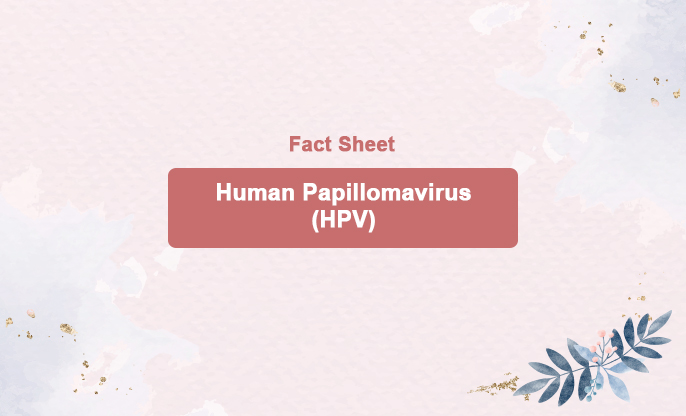
What is this?
Human papillomavirus (HPV) is a common sexually transmitted infection, with almost all sexually active individuals becoming infected at some point in their lives, typically without symptoms. HPV can affect the skin, genital area, and throat. Using condoms helps prevent HPV but does not provide complete protection as they do not cover all genital skin. HPV usually resolves on its own without treatment. Some HPV infections cause genital warts. Other HPV infections can lead to the development of abnormal cells, which may progress to cancer. HPV-related cancers can be prevented with vaccines.
Most people with an HPV infection will not experience any symptoms. The immune system typically clears HPV from the body within one to two years without lasting effects.
HPV is very common, and most people will contract some type of HPV during their lifetime.
Symptoms and Effects of HPV:
Genital Warts: Some HPV infections cause small, rough lumps (genital warts) that can appear on the vagina, penis, anus, and, rarely, the throat. These warts may be painful, itchy, bleed, or cause swollen glands.
Persistent HPV Infection: If an HPV infection does not clear on its own, it can cause changes in cervical cells, leading to precancers that may develop into cervical cancer if untreated. It usually takes 15–20 years for cervical cancer to develop after an HPV infection.
Symptoms of Cervical Changes and Cancer:
Early Changes: The early changes in cervical cells and precancers generally do not cause symptoms.
Cervical Cancer: Symptoms of cervical cancer may include bleeding between periods or after sexual intercourse, or a foul-smelling vaginal discharge. These symptoms can also be caused by other conditions.
Recommendation:
Healthcare Consultation: Individuals experiencing these symptoms should consult their healthcare provider.
How is it transmitted?
Skin-to-Skin Contact: You do not need to have penetrative sex to catch HPV; any skin-to-skin contact of the genital area can transmit the virus.
Sexual Activity: HPV can be contracted through vaginal, anal, or oral sex.
Sharing Sex Toys: Using shared sex toys can also spread HPV.
Standard treatment protocol and time:
There is currently no treatment for HPV infection itself. However, treatments are available for the conditions caused by HPV, such as genital warts, cervical precancers, and cervical cancer.
Treatments for HPV-related Conditions:
Genital Warts: Non-cancerous genital warts can be removed or treated through ablation (freezing or heating) or surgery.
Precancerous Lesions: Precancerous lesions in the cervix, vagina, vulva, anus, or penis can also be removed or treated using similar methods.
Cervical Cancer Screening:
Cervical Cancer: Currently, cervical cancer is the only cancer caused by HPV for which screening tests are available.
Early Detection: Treatments for cancers caused by HPV, including cervical cancer, are more effective when diagnosed early. Prompt initiation of treatment following diagnosis is crucial.
How to avoid it?
Getting vaccinated is the best way to prevent HPV infection, cervical cancer, and other HPV-related cancers. Screening can detect cervical precancers that can be treated before they develop into cancer.
Vaccination:
Target Age: HPV vaccines should be administered to all girls aged 9–14 years, before they become sexually active.
Dosage: The vaccine may be given as 1 or 2 doses. Individuals with weakened immune systems should receive 2 or 3 doses. Consult with your healthcare provider to determine the best regimen for you.
Additional Prevention Methods:
Condom Use: Using condoms during sex is an important way to prevent HPV infection.
Male Circumcision: Voluntary male circumcision also reduces the risk of infection.
Non-Smoking: Being a non-smoker or quitting smoking lowers the chances of developing a persistent HPV infection.
Screening for Cervical Cancer:
HPV Testing: Testing cells from a woman’s cervix for HPV is used to screen for cervical cancer.
Screening Frequency: Women should be screened every 5–10 years starting at age 30. Women living with HIV should be screened every 3 years starting at age 25.
Follow-Up: After a positive HPV test or other screening method, a healthcare provider can check for changes on the cervix or precancers that could develop into cervical cancer if left untreated.
Importance of Regular Screening:
Precancer Treatment: Treating precancers prevents cervical cancer.
Asymptomatic Nature: Precancers rarely cause symptoms, making regular screening vital for maintaining cervical health.
